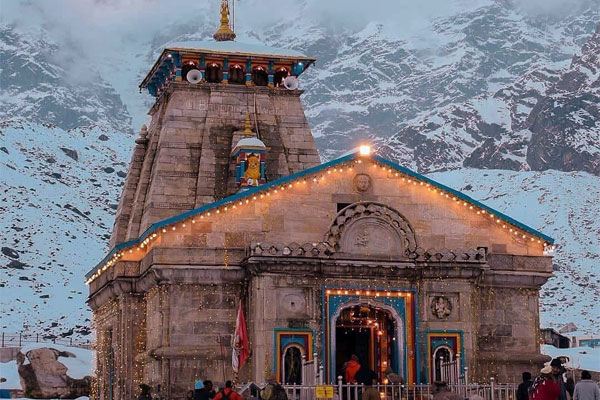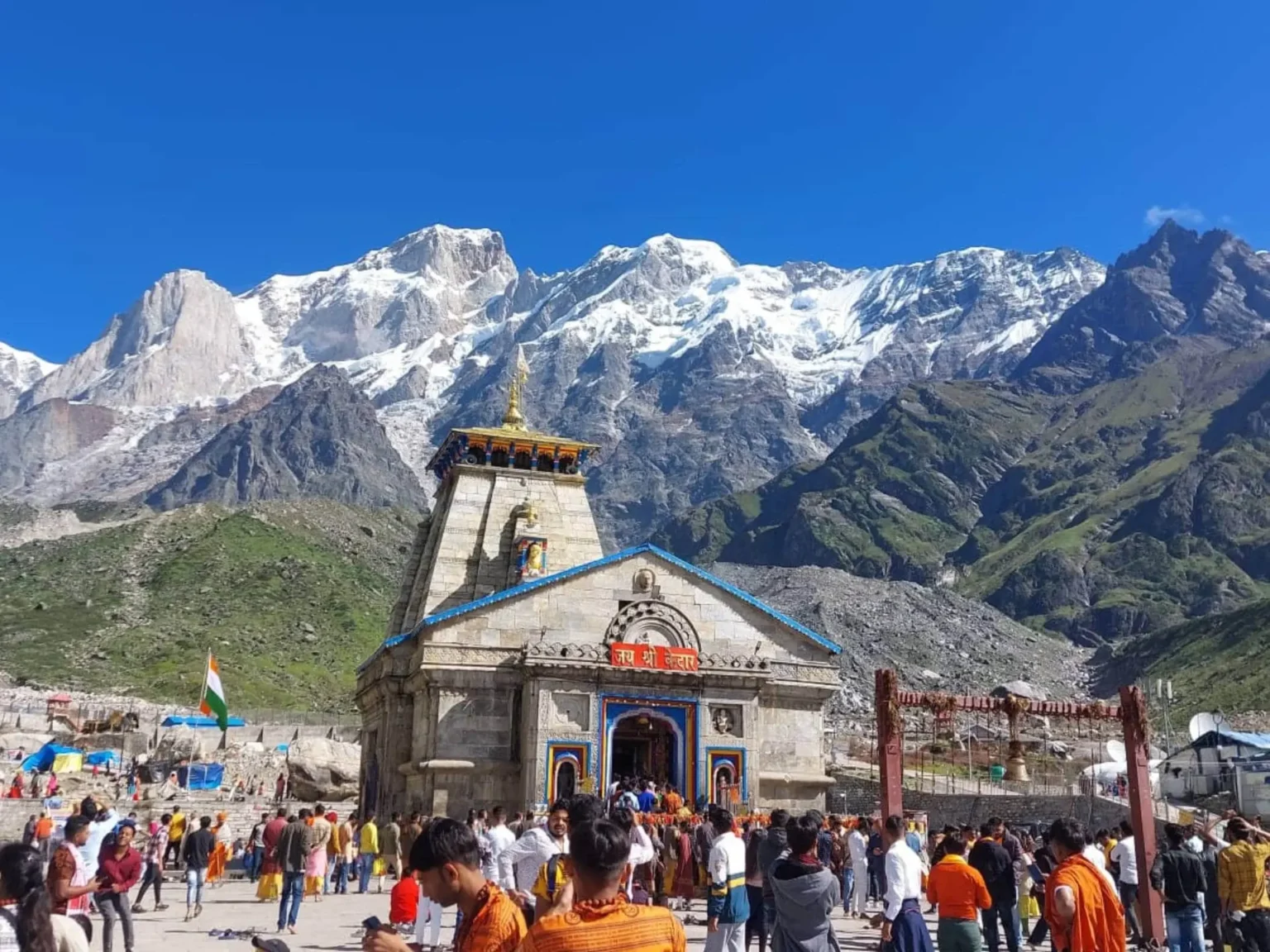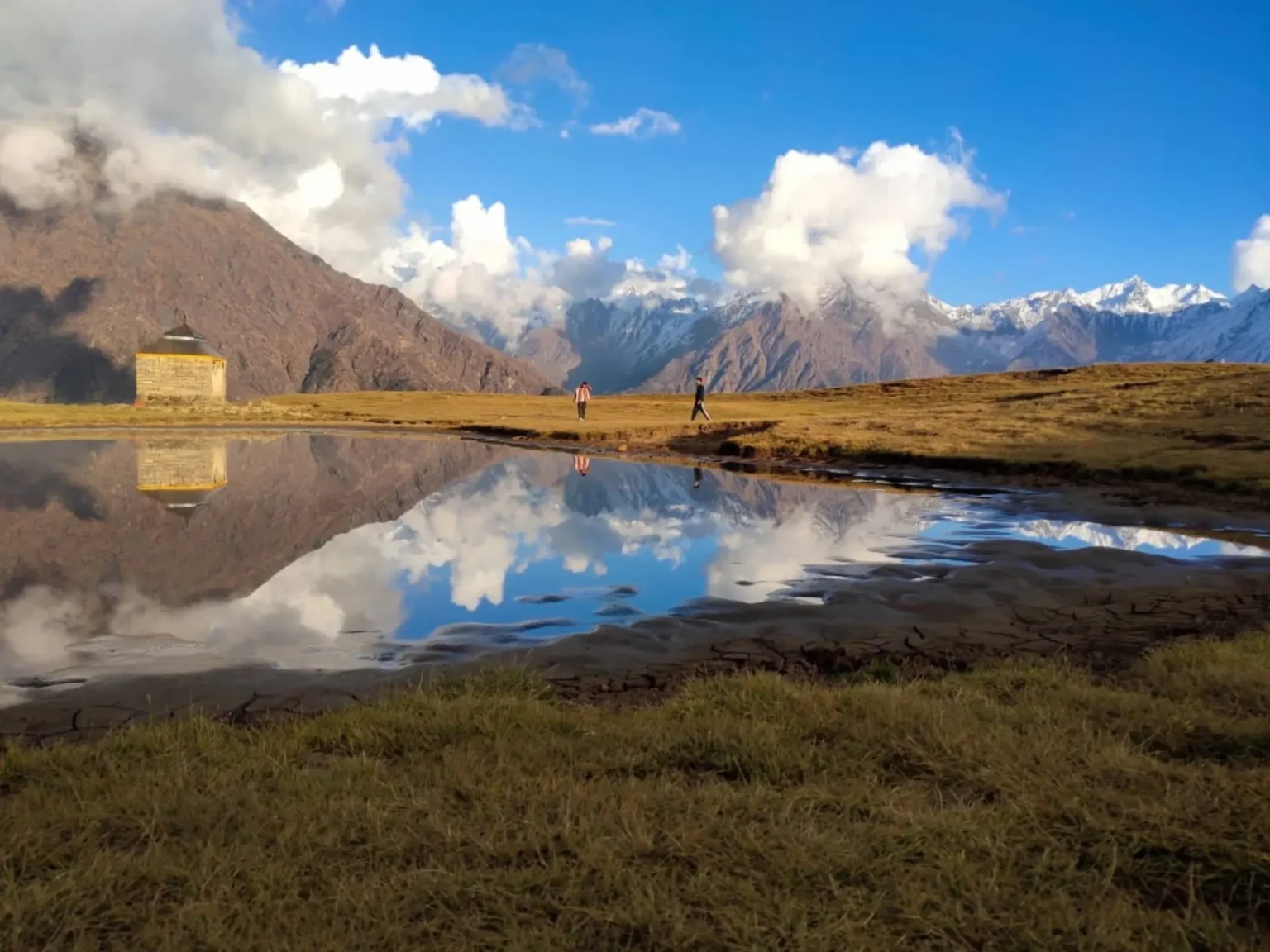Experiencing the Spiritual Vibes of Panch Kedar with the Locals

Introduction
Uttarakhand, often referred to as the ‘Land of Gods’ (Devbhoomi), is home to numerous sacred temples, each with profound mythological significance. Among them, Panch Kedar holds a special place in Hindu traditions. Panch Kedar comprises five temples dedicated to Lord Shiva—Kedarnath, Madhmaheshwar, Tungnath, Rudranath, and Kalpeshwar—each situated in the remote and picturesque landscapes of the Garhwal Himalayas.
The legend of Panch Kedar traces back to the Mahabharata, where the Pandavas, seeking redemption for the bloodshed of the Kurukshetra war, were guided to the Himalayas to seek Lord Shiva’s blessings. However, Shiva, unwilling to forgive them easily, transformed into a buffalo to evade them. Upon being discovered by Bhima, Shiva disappeared into the ground, only to reappear in five different locations, each representing a distinct part of his form—the hump at Kedarnath, the navel at Madhmaheshwar, the arms at Tungnath, the face at Rudranath, and the hair (jata) at Kalpeshwar.
Embarking on this sacred pilgrimage was not just a test of my physical endurance but also a deeply spiritual experience that reshaped my perspective on life.

Beginning the Journey: Kedarnath (3,583m)
The trek to Kedarnath, the most renowned of the Panch Kedar temples, was nothing short of awe-inspiring. With its towering snow-clad peaks and the Mandakini River flowing alongside, the landscape exuded an ethereal charm. The temple, rebuilt after the devastating floods of 2013, stood resilient, a testament to unwavering faith.
Standing before the Kedarnath shrine, I felt an overwhelming sense of peace. The rhythmic chants of “Har Har Mahadev” reverberated through the valley as I bowed before the divine lingam, believed to be the hump of Lord Shiva. The spiritual energy was palpable, filling me with an indescribable serenity.
Madhmaheshwar (3,490m): The Navel of Shiva
Leaving Kedarnath, I made my way to Madhmaheshwar, a lesser-visited but equally sacred temple. The trek was arduous, cutting through dense forests, pristine meadows, and steep ascents. The temple, located in a serene valley, was surrounded by the Chaukhamba peaks, offering a divine spectacle at sunrise.
The idol of Shiva here is worshipped as a black stone resembling a navel. According to legend, this temple is where Lord Shiva’s stomach emerged. The tranquility of the temple, coupled with the distant echoes of flowing streams, made my prayers feel even more profound.
Tungnath (3,680m): The Arms of Shiva
Next was Tungnath, the highest Shiva temple in the world. The trek, though short compared to the others, was steep and demanding. The trail wound through rhododendron forests and lush alpine meadows, offering breathtaking views of the Himalayas.
Tungnath, where Shiva’s arms are believed to have appeared, holds immense spiritual energy. The simplicity of the temple, standing against the backdrop of majestic peaks, emphasized the essence of devotion—faith beyond grandeur.
Rudranath (2,286m): The Face of Shiva
Trekking to Rudranath was perhaps the most challenging. The route was rugged and long, passing through thick forests and remote hamlets. Unlike the other temples, Rudranath felt more secluded and mystical.
The temple enshrines a natural rock formation resembling Shiva’s face. Surrounded by sacred kunds (pools), Rudranath exuded an aura of meditative calm. The serene environment, coupled with the melodious chirping of birds and rustling leaves, made this an ideal place for introspection.
Kalpeshwar (2,200m): The Hair of Shiva

The last and most accessible of the Panch Kedar shrines was Kalpeshwar. Unlike the others, this temple remains open throughout the year. A short trek from Helang led me to the small cave temple dedicated to Lord Shiva’s jata (hair).
Kalpeshwar, though modest in size, had a profound spiritual presence. The stillness of the cave and the energy of ancient chants filled the air with devotion. Completing the Panch Kedar pilgrimage here felt like coming full circle—both physically and spiritually.
Reflections on a Transformative Journey
Walking through the Himalayas, connecting with nature, and visiting these sacred temples was a journey beyond religion—it was a journey of self-discovery. Each temple had its own energy, challenging me in different ways, whether through physical endurance or inner contemplation.
The Panch Kedar pilgrimage taught me humility, patience, and the realization that faith is not about reaching a destination but about embracing the journey. The Himalayas, with their silent wisdom, whispered ancient truths, reminding me that the divine is not confined within temples but found in every rock, river, and breath.
Conclusion
My journey through Panch Kedar was nothing short of life-changing. From the grandeur of Kedarnath to the solitude of Kalpeshwar, each temple left a lasting imprint on my soul. If you seek not just an adventure but a transformative experience, this pilgrimage is one that will forever resonate within you.
For more insights on this pilgrimage, read: My Journey Through Panch Kedar: A Life-Changing Pilgrimage.










